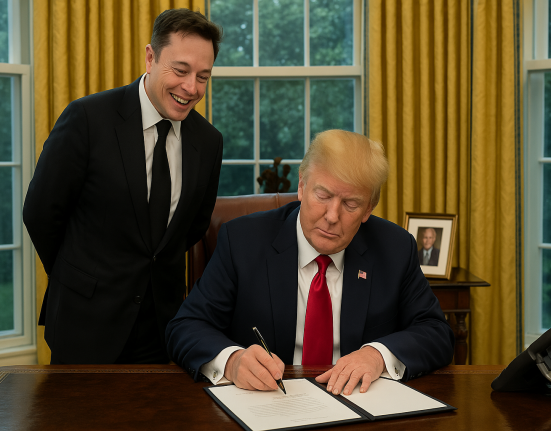In a sweeping move emblematic of the Trump administration’s approach to governance, the newly formed Department of Government Efficiency (DOGE) is using artificial intelligence to eliminate hundreds—and potentially hundreds of thousands—of federal regulations. Launched via executive order in January 2025, DOGE’s mission is simple: reduce federal regulatory burdens by 50% by January 20, 2026, using cutting-edge AI technology.
At the heart of this effort is the DOGE AI Deregulation Decision Tool, an internally developed language model designed to analyze the vast corpus of the U.S. regulatory code—approximately 200,000 regulations—and determine which rules exceed legal mandates or are otherwise redundant. According to internal reports, the system has already flagged over 100,000 regulations for deletion, with agencies like the Department of Housing and Urban Development (HUD) and Consumer Financial Protection Bureau (CFPB) using the tool to remove thousands of regulatory provisions.
This move has sparked significant controversy and raised critical questions about the role of artificial intelligence in governance. Critics have referred to the agents pushing this initiative as “DOGE goons,” accusing them of using AI not to improve efficiency, but to dismantle long-standing protections in housing, finance, and environmental policy.
HUD officials noted that the AI tool had misinterpreted statutory language on several occasions, flagging valid regulations for deletion. In one instance, legal text requiring accessibility accommodations in housing was wrongly marked as “unauthorized regulation.” Despite such errors, the administration remains committed to deploying the tool across all major federal agencies.
DOGE leadership argues that the AI can dramatically reduce bureaucratic workload—by as much as 93%—and claims it will save the federal government $85 billion annually, unlock $1.5 trillion in compliance savings, and boost private investment by $600 billion. Proponents frame the initiative as a tech-forward revolution in government oversight, akin to Silicon Valley’s disruptive ethos.
However, watchdog groups, former federal employees, and legal experts warn of profound consequences. They point to the lack of transparency in DOGE’s decision-making processes, the constitutional risks of using AI to override Congressional mandates, and the AI’s inability to grasp the nuance of complex legal frameworks. Critics also worry about the “delete list” DOGE is compiling—a master document of all rules slated for elimination by September 2025.
The use of AI to deconstruct federal power is unprecedented. While algorithms have previously assisted in regulatory compliance and review, never before has an AI-driven model wielded so much direct influence over government policy. Former regulators fear this move sets a dangerous precedent, in which machine-generated decisions can sidestep legal checks and public comment processes.
In the coming months, DOGE will expand its AI-led audit across all agencies, despite growing legal challenges and public outcry. Whether this bold initiative results in increased efficiency or regulatory chaos remains to be seen—but it has already reshaped the debate over AI’s place in democratic governance.
What are the stakes?
- DOGE claims the AI could reduce labor needed for regulatory review by 93%—potentially shaving millions of work hours off conventional processes and saving trillions in compliance costs.
- According to its projections, cuts could unlock:
- $1.5 trillion annually in compliance cost savings
- $600 billion in private investment
- $1.1 trillion in government revenues
- $85 billion reduction in federal spending




Leave feedback about this
You must be logged in to post a comment.